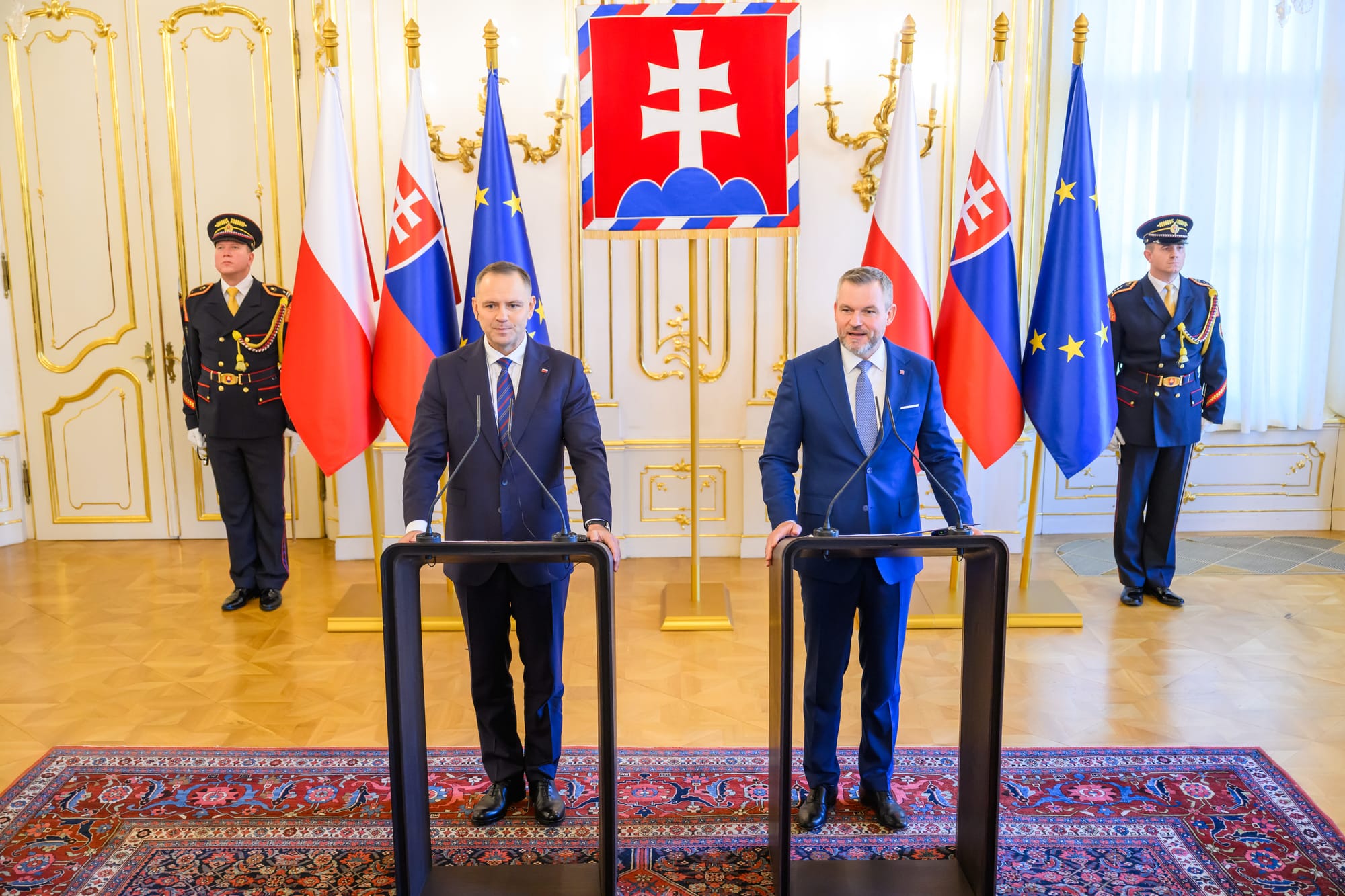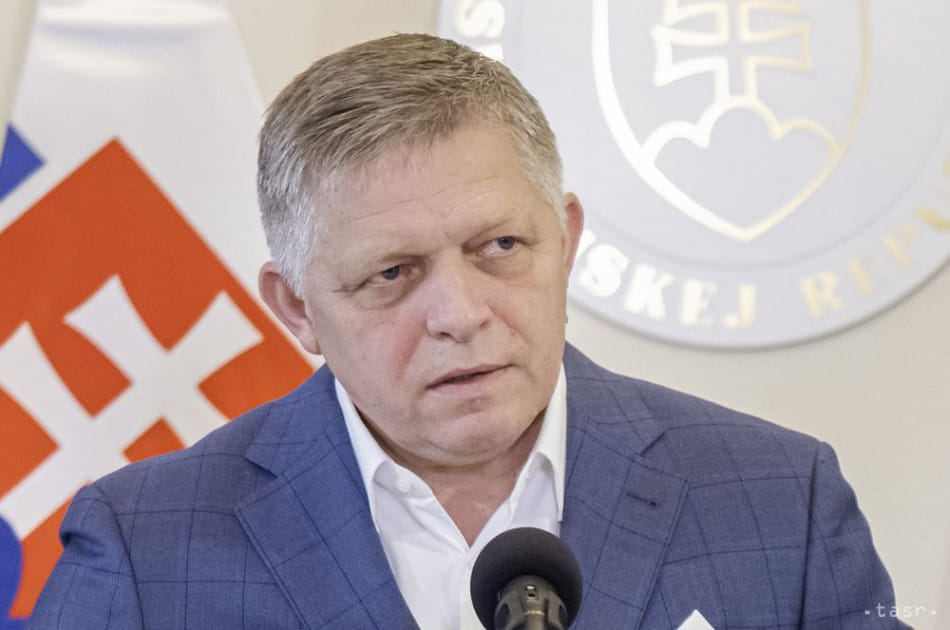The Scherzs, the Wimmers, the Palugyays, the Huberts, the Sonnenfelds, the Albrechts – their names echo around Bratislava, but who were they?
These are families who once lived in Bratislava, then known as Pressburg (or Pozsony in Hungarian, and Prešporok in Slovak), and who experienced both its rises and its falls. Swept along by major historical events, they adopted various survival strategies – from leaving the city, through different forms of adaptation, to complete assimilation with the environment and the regime in power at the time. As the newly opened exhibition Family Matters at the Bratislava City Museum shows, these efforts did not always succeed.
Article continues after video advertisement
Article continues after video advertisement
This was the case with the Palugyay family. In the second half of the 19th century, their name was synonymous with high-quality Bratislava (Pressburg) gastronomy. The founder of the ‘family empire’, Jakub, together with his sons, took advantage of the opportunities brought by new technologies, the rise of tourism, the popularity of national cuisines and the globalisation of trade. They owned the Green Tree Hotel and Restaurant, today part of the Carlton Hotel, as well as the Au Café summer restaurant. They also had the Palugyay Château with wine cellars, built on the outskirts of Pressburg, which today belongs to the Foreign Affairs Ministry. The family produced wines of European renown, served even on ocean liners, including the Titanic.
What to read in this article
-
What fates are represented by 10 Pressburger families – nine bourgeois and one noble?
-
What was the historical context of their time?
-
What is unique about the phenomenon of Prešporáctvo (Pressburg identity)?
The collapse of the Austro-Hungarian Empire in 1918 disrupted the family’s trade networks, and in the late 1930s their company went bankrupt, in part also due to the economic crisis in those years.
Jakub Palugyay’s granddaughter, Otília Palugyayová, who died only recently, lived out her years in a flat in a house on Bratislava’s Main Square that was built by her ancestors.





